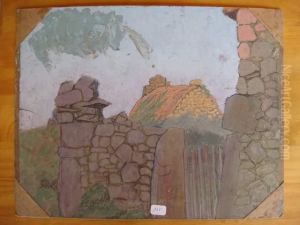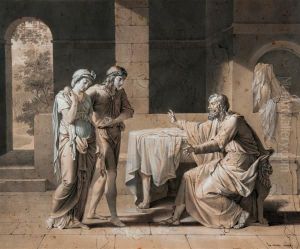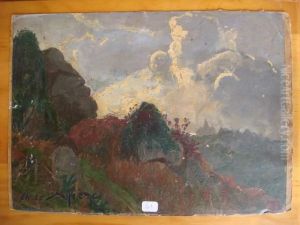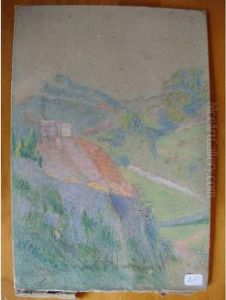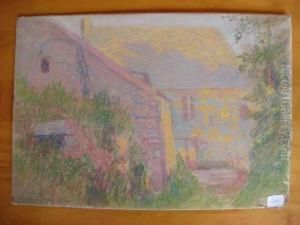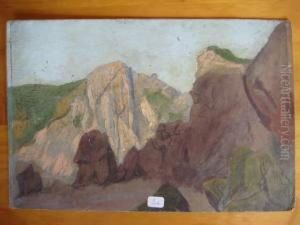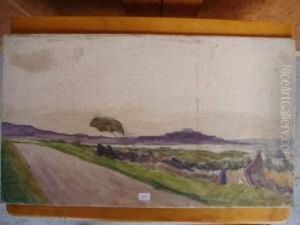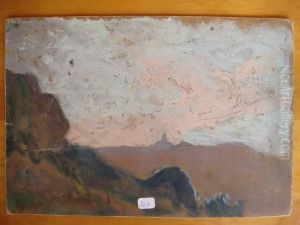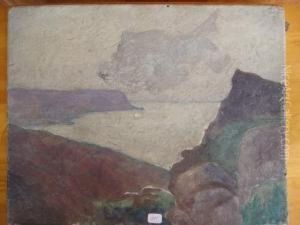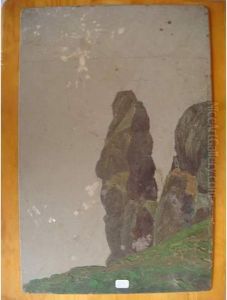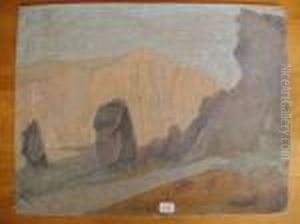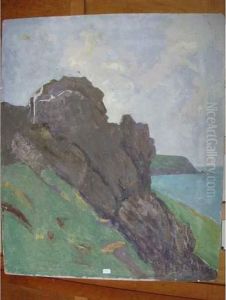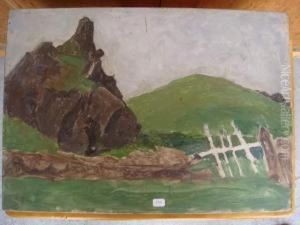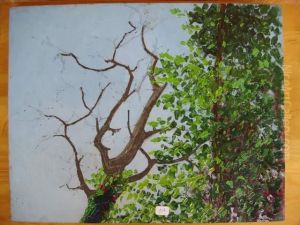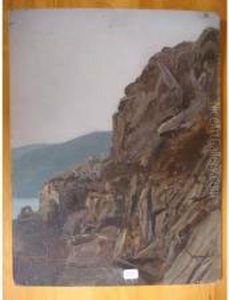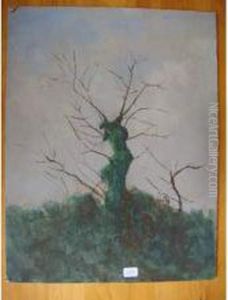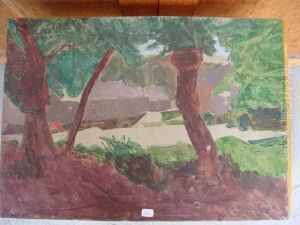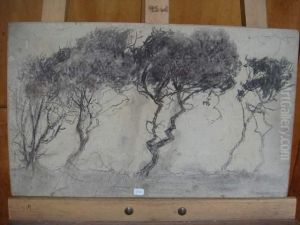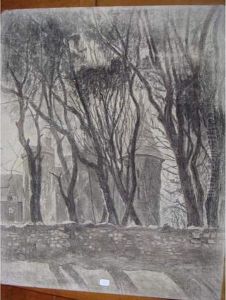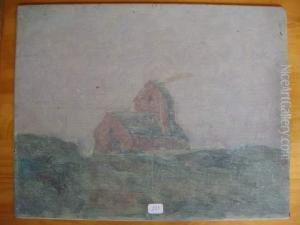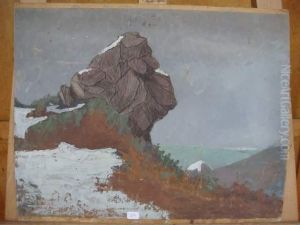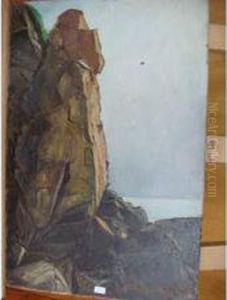Charles, L'Aine Lemire Paintings
Charles, L'Aine Lemire, whose full name was Charles François Gabriel Levachez Lemire, was a French engraver and draughtsman born in 1741 in Paris. Not to be confused with his son, Charles François Gabriel Lemire, who was also an engraver, Charles, L'Aine is often referred to by his moniker to differentiate between them. His works are characteristic of the 18th-century French engraving tradition, which was known for its refined and detailed prints.
Lemire's career spanned a significant period in French history, which encompassed the latter part of the reign of Louis XV, the entire reign of Louis XVI, the French Revolution, the Napoleonic era, and the Restoration period. This historical context provided a rich backdrop for his art, as the period was marked by significant changes in politics, society, and aesthetics.
Lemire's engravings included a wide range of subjects such as portraits, landscapes, and scenes from contemporary life. He is particularly noted for his skillful technique and the ability to capture the nuances of light and shadow, which gave his works a sense of depth and realism. His style evolved over the years, reflecting the changing tastes and artistic movements of his time.
Despite his talent, there is relatively limited information available about Lemire's personal life and training. It is known that he was active in Paris, where he likely received his artistic education and later established his career. His works were appreciated in his time, and some of his engravings were made after paintings by well-known artists of his era, serving to disseminate their compositions to a wider audience.
Charles, L'Aine Lemire's contribution to the art of engraving is recognized by historians and collectors, and his prints can be found in various art museums and private collections. He passed away in 1827, leaving behind a legacy of craftsmanship and artistic expression that captures the spirit and complexity of his times.
